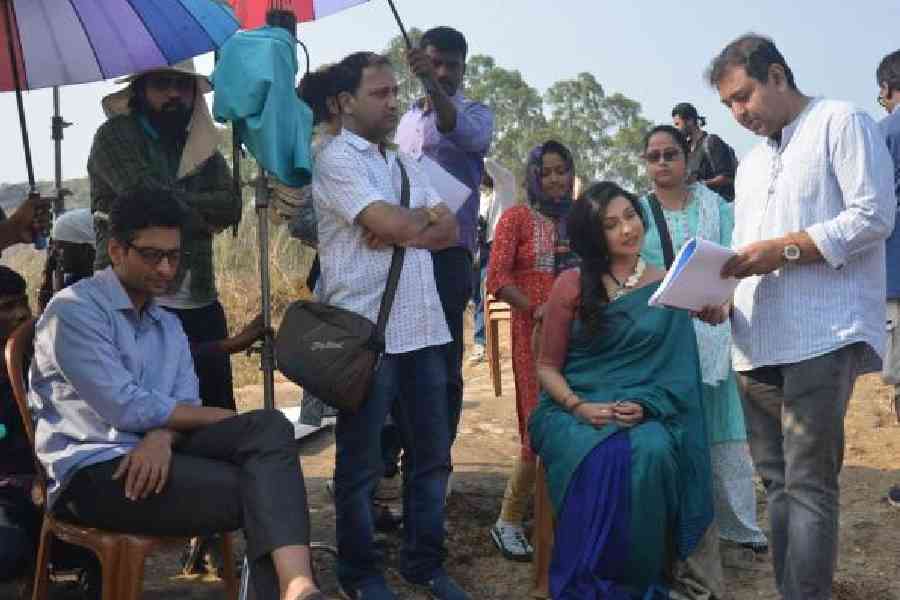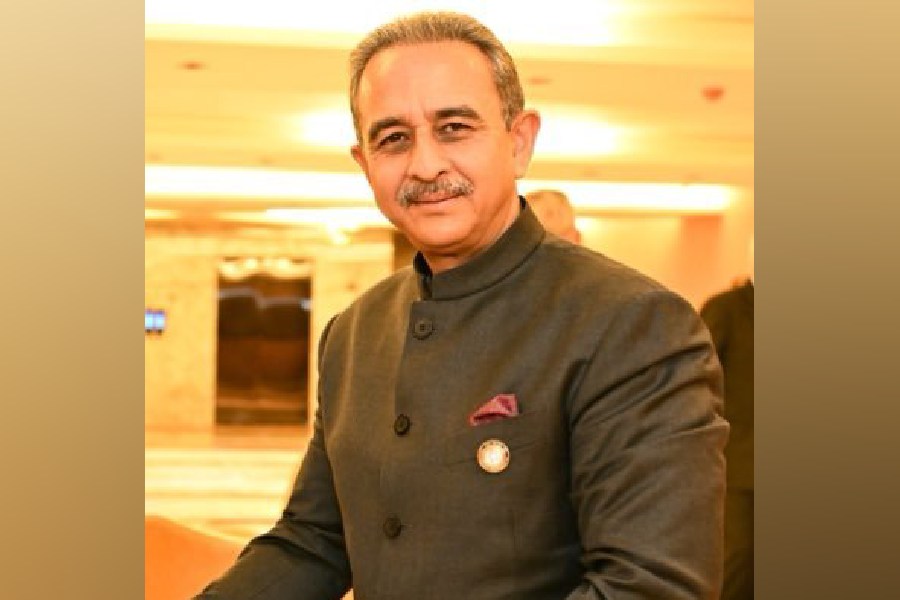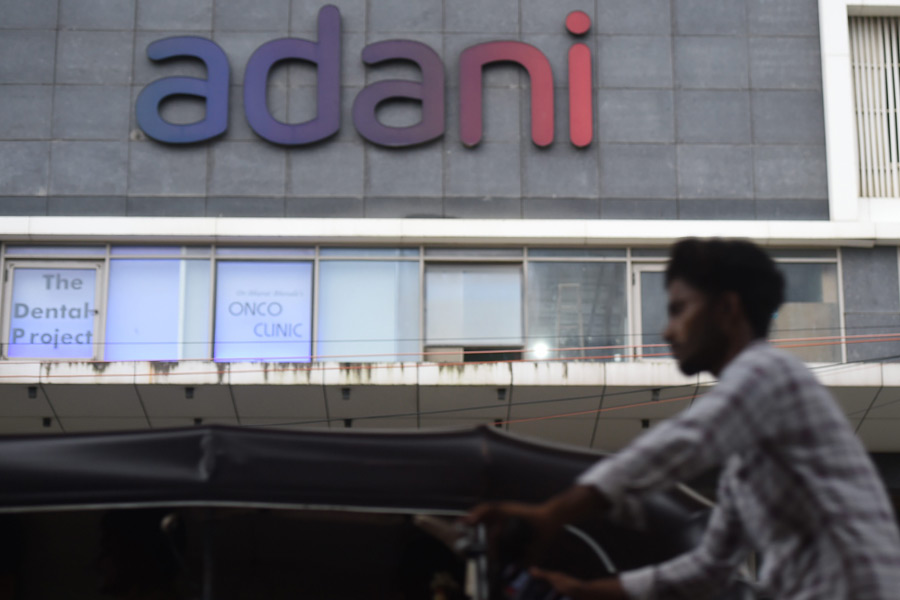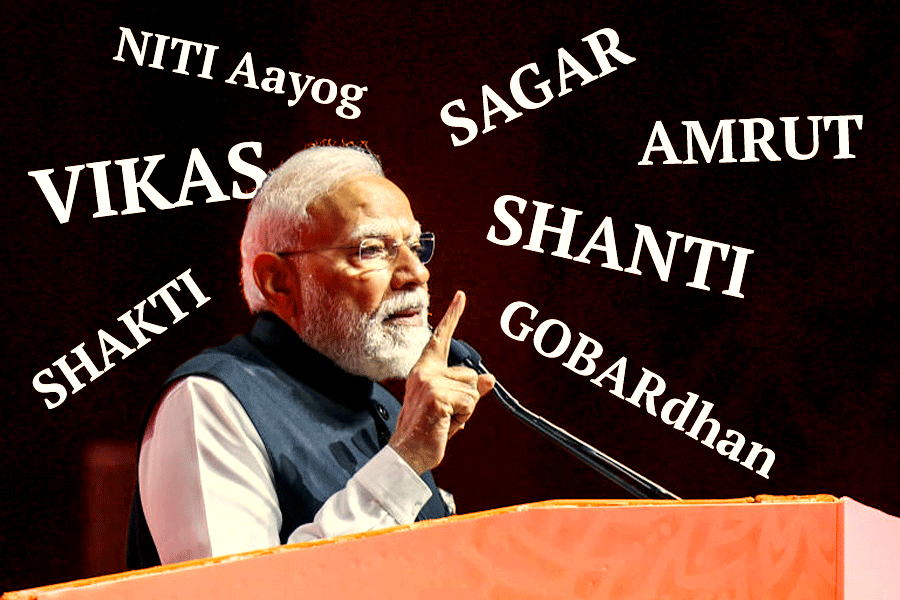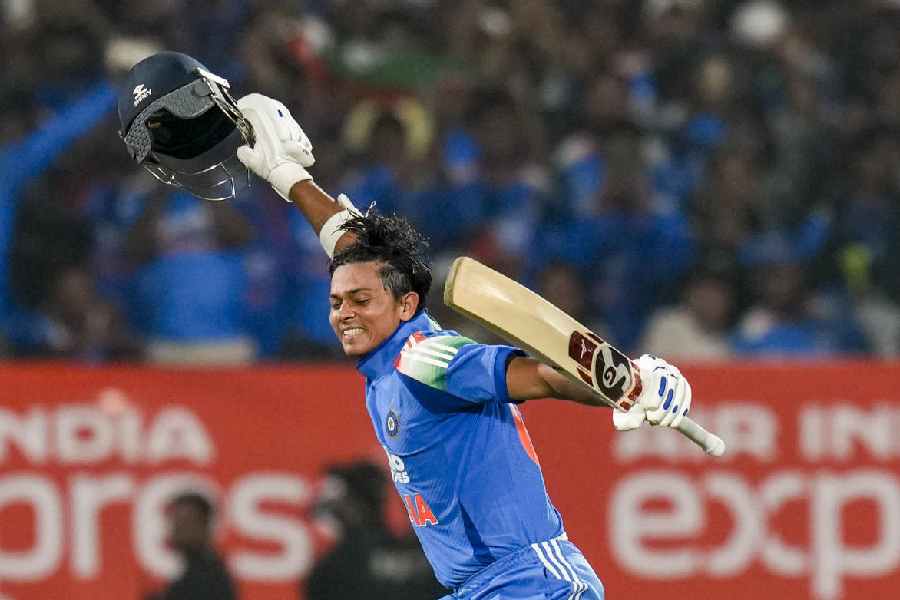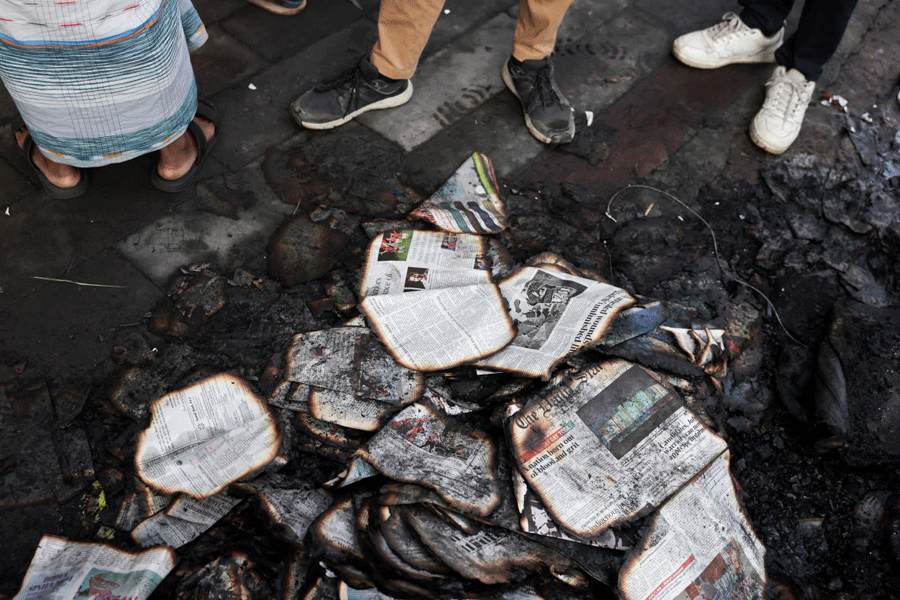Indrasis Acharya’s film, Goodbye Mountain, starring Rituparna Sengupta and Indraneil Sengupta, was released in theatres last week. The film explores the revival of romance and relationships through an edgy love story of a couple reconciling after 22 years. In a chat with t2, the director shares his thoughts on the inspiration behind the story, its international festival screening, its home release, and more:
How did you conceive the story of Goodbye Mountain?
I wrote the script back in 2021 because I wanted to create a love story. I get intrigued to work with subjects that challenge societal norms and societal boundaries. According to societal norms, certain boundaries cannot be crossed, but what if we cross those boundaries gracefully and honestly due to emotional instincts, not out of rebellion? How does society perceive my role in that situation? This film is a love story, and I am not defining right or wrong — it is up to the audience to decide. This theme also appeared in my previous works — Pupa, The Parcel, and Niharika.
If desire is genuine and well-intentioned, should it be restricted? If someone carries another person in their heart throughout their life, no one gets to know about it. But what happens when they finally meet after many years? They may wish to recreate the lost 22 years between them within just 22 days. It’s complicated yet simple in some ways.
While writing the story, did you ever worry about validating infidelity?
Infidelity didn’t cross my mind. It might appear that way, but the story focuses on someone suppressing inner conflicts to embrace feelings that they have held for a long time. The conflict arises when the husband enters the scene. Whether this situation constitutes infidelity is for the audience to determine. The story is layered; in one relationship, there is nothing new to explore, and it feels stagnant. I believe there should be mechanisms to revive such relationships. Sometimes, seeing someone with a new partner sparks a revival of the lost connection. It may not seem ideal, but the story has multiple dimensions.
What was the most challenging aspect of the shoot?
We filmed for 18 days in Wayanad, Kerala. We were aware of the difficulties of shooting in a hilly region, which made it enjoyable rather than challenging. The real challenge was narrating a story with no flashbacks. The couple met after 20 years, and I chose not to show any flashback moments, which was quite difficult.
Music and poetry in the film almost form the soul of the film...
Yes. When I asked Indraneil (Sengupta) to read the poem, he first requested an explanation. I told him to read it simply, without any elaborate style of recitation, and that approach worked well for the film. Ranajoy (Bhattacharjee) did a fantastic job as the music director.
The film was screened at an international film festival before its home release. Did the audience response differ?
We received a very positive response at the 17th Habitat Film Festival, which intrigued people and sparked curiosity about watching the film. Unfortunately, it didn’t last a week in local theatres; the footfall decreased significantly. However, I felt that, if given another week or two, it might have received the response it deserved. Some films grow slowly, and my film relies heavily on word of mouth rather than big-budget marketing. I haven’t been able to afford large marketing campaigns for my films to date. While films from major production houses can have seven shows a day, I often have only seven shows in a week. Based on the response so far, people have noted that this is my most accessible film yet. I always strive to maintain my unique signature while exploring new ideas. This film is made in a more classical style compared to my earlier works, and its duration is about 88 minutes. We will plan an OTT release soon.

